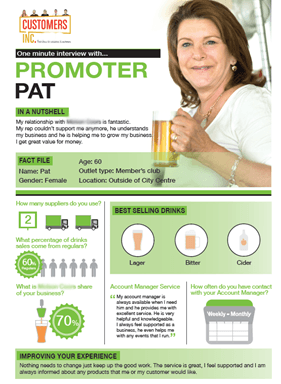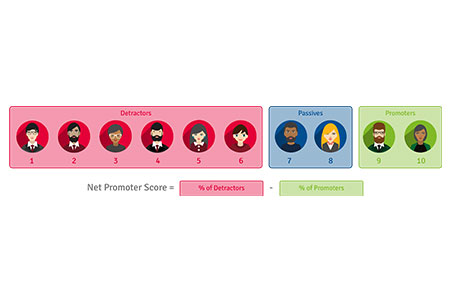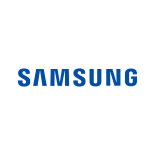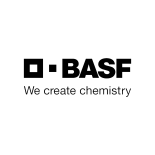Attitudinal segmentation is the grouping of customers into target groups, based on shared attitudes – what individuals think and how they feel.
Attitudinal segments are useful because although two individuals may appear to be similar in terms of demographics and behavior, they may hold very different attitudes to each other. Attitudes are also important to consider as part of segmentation, as they be used to craft communications or messaging that is more persuasive with the target market.














